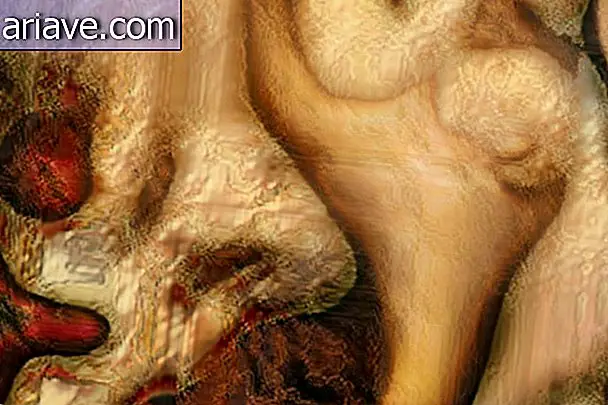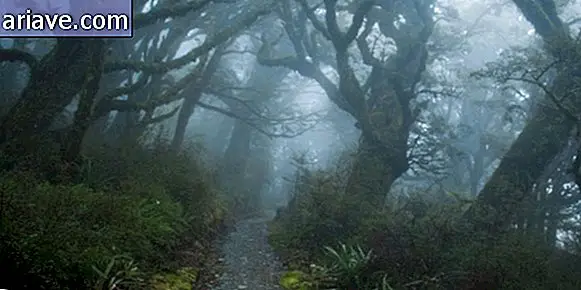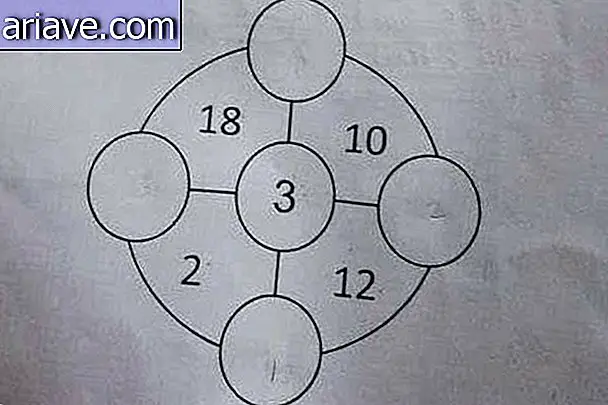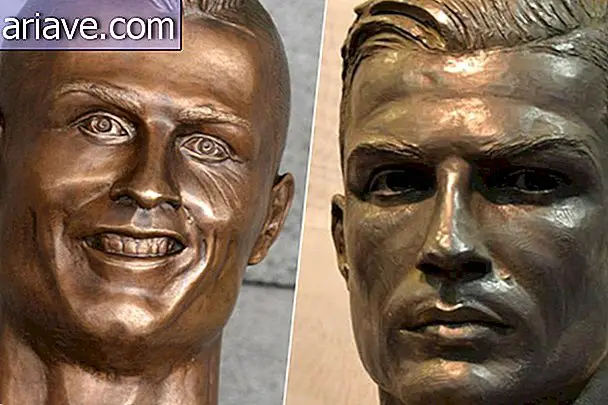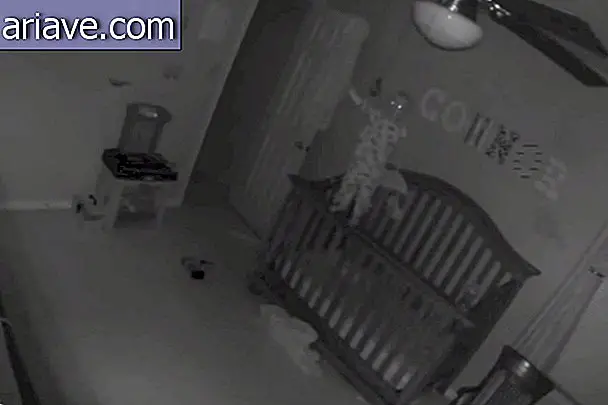Crystal cave continues to intrigue researchers
Pulpí, in the province of Almería, Spain, is the largest geode in Europe. These natural structures are cavities formed in the rocks and are usually lined with amazing and beautiful crystal formations. However, researchers are still unable to explain exactly the origin of the whole process, although several studies clarify some aspects.
The Pulpí Geode was discovered 20 years ago. In terms of dimensions, it is 2 meters high, 3 meters wide and 8 meters long. The crystals are up to two meters long, being very transparent as if they were made of ice.

In the most recent work to find out more about this formation, researcher Juan Manuel García-Ruiz's team tried to draw a line for reconstructing the geological history of the cave crystal.
What was known was that the selenite (crystal that covers the walls) developed and spread thanks to the great presence of salt that came from the dissolution of the anhydrite. The whole formation process took place at a temperature around 20 ° C.
Since the cave crystal was at a relatively small depth, the variations in weather could still be felt and it was exactly the fluctuations in temperature that drove the process of dissolution and recrystallization.
According to Garcia, the age of the crystal that makes up the Pulpí Geode is still very inaccurate, but it is estimated to be between 2 million and 60, 000 years, and the formation was possible due to the desiccation of the Mediterranean Sea - something much older., located 5.6 million years ago.


